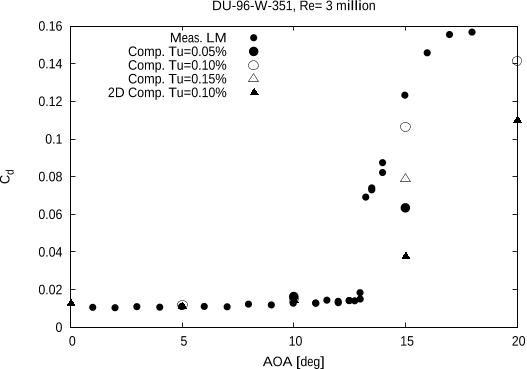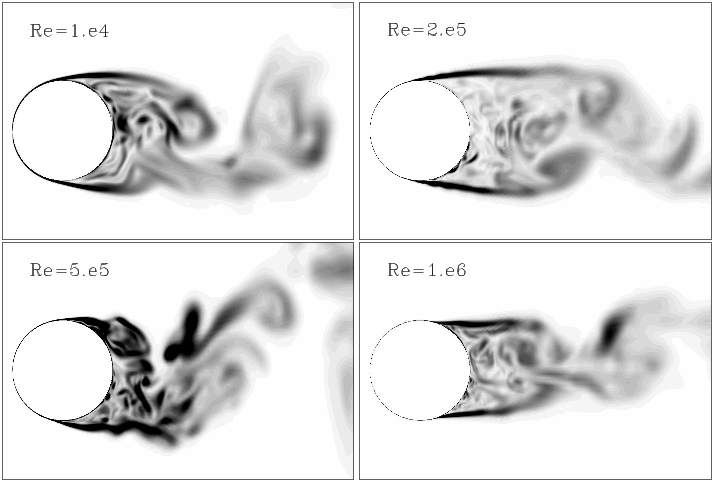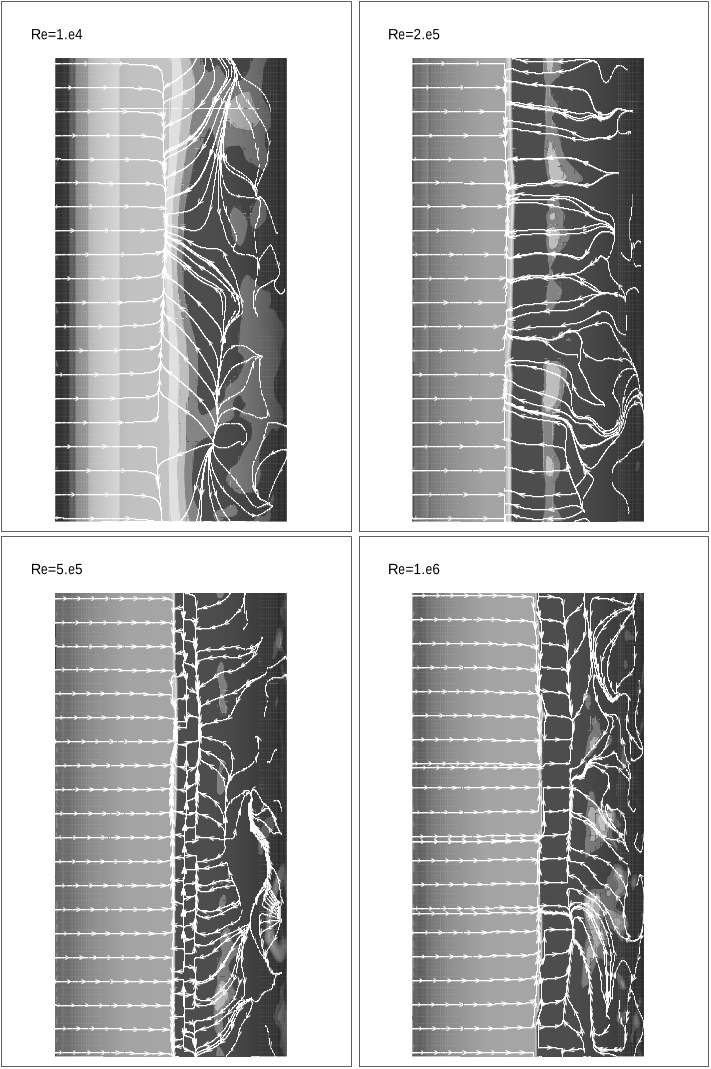




Did you find this useful? Give us your feedback












![Figure 8. Computed averaged azimuth position of the wake separation point measured from the stagnation point, compare with data from [24]](/figures/figure-8-computed-averaged-azimuth-position-of-the-wake-2rxyebnz.png)









83 citations
78 citations
...These studies used various levels of fidelity in the models, ranging from low-fidelity (blade element momentumbased fidelity) [14, 15, 16, 17, 18, 19, 20] to higher-fidelity (free and prescribed vortex-based fidelity) [21, 22, 23, 24, 25, 26, 27]....
[...]
65 citations
32 citations
537 citations
...The code is developed in co-operation between the Department of Mechanical Engineering at the Technical University of Denmark and The Department of Wind Energy at Risø National Laboratory, see [4, 5] and [6]....
[...]
500 citations
492 citations
...The convective terms are discretized using a third order Quadratic Upstream Interpolation for Convective Kinematics (QUICK) upwind scheme, implemented using the deferred correction approach first suggested by Khosla and Rubin [12]....
[...]
436 citations
327 citations
...R ep or t 3D CFD computations of transitional flows using DES and a correlation based transition model Niels N. Sørensen Risø-R-1692(EN) July 2009 Re = 1.e6 Author: Niels N. Srensen Risø-R-1692(EN) Title: 3D CFD computations of transitional flows using DES and a correlation based transition model Department: Aeroelastic Design – Wind Energy Division Abstract: ISSN The report describes the application of the correlation based transition model of of Menter et. al....
[...]
...The γ− R̃eθ correlation based transition model of Menter [1], is a framework for implementing empirical correlations based transition criterions in general purpose flow solvers, that can be used together with structured, unstructured and parallelized solvers....
[...]
...The equations for the turbulence model and the transition model are solved after the momentum and pressure correction equations in every sub-iteration/pseudo time step, and in agreement with the recommendations of Menter et al. [1], a second order upwind Total Variation Diminishing (TVD) scheme based on the MinMod limiter is used for the transport equations for turbulence and transition....
[...]
...To accomplish the flow simulations, the new correlation based γ−Reθ model by Menter et al. [1] and the DES version of the k−ω SST model by Strelets [3] is applied....
[...]
...The present report describes the application of the correlation based transition model of of Menter et al. [1, 2] to the flow over a cylinder and a thick airfoils using the Detached Eddy Simulation (DES) methodology....
[...]
This could be the focus of further work, along with efforts to actually resolve the wind tunnel walls. The problem of the wind tunnel corrections, that do not account for the interaction of the separation and the wall effects would additionally require further studies.